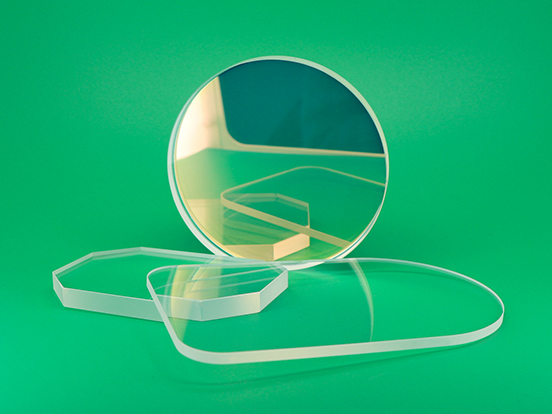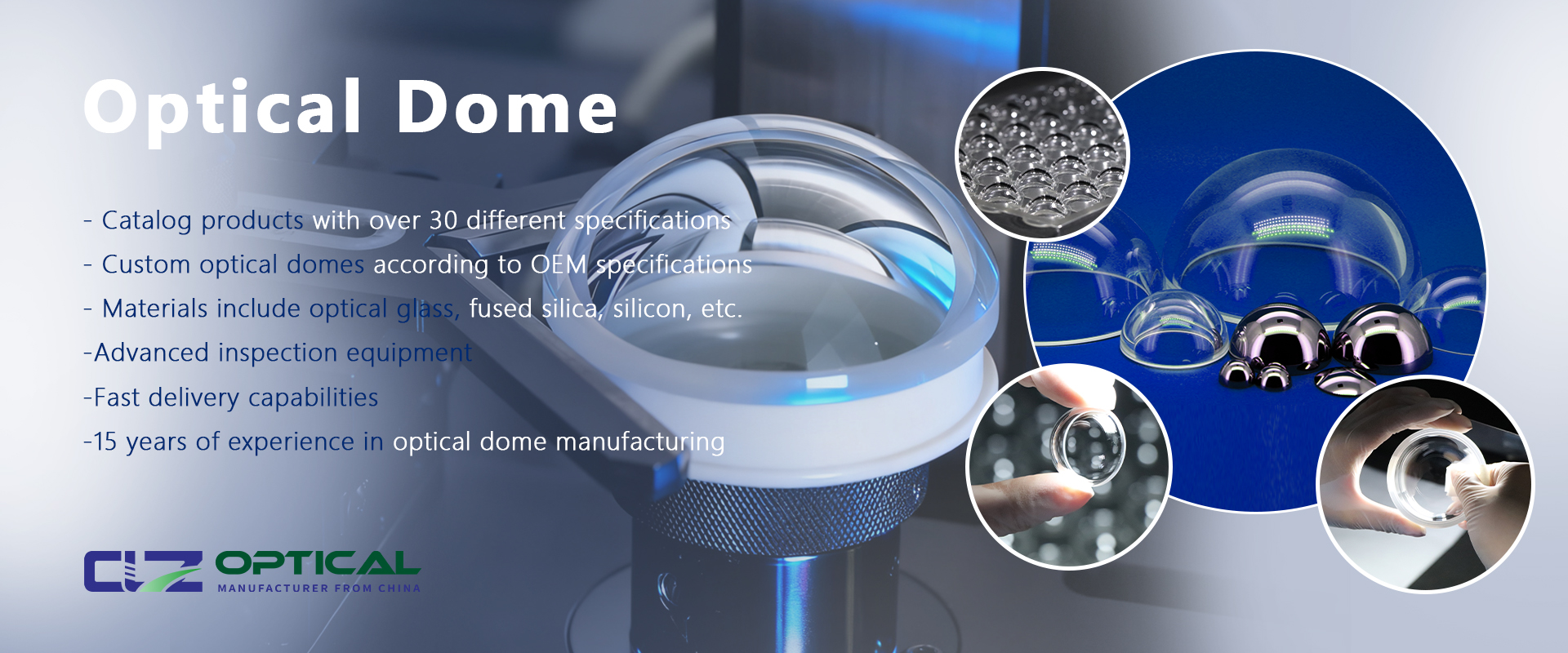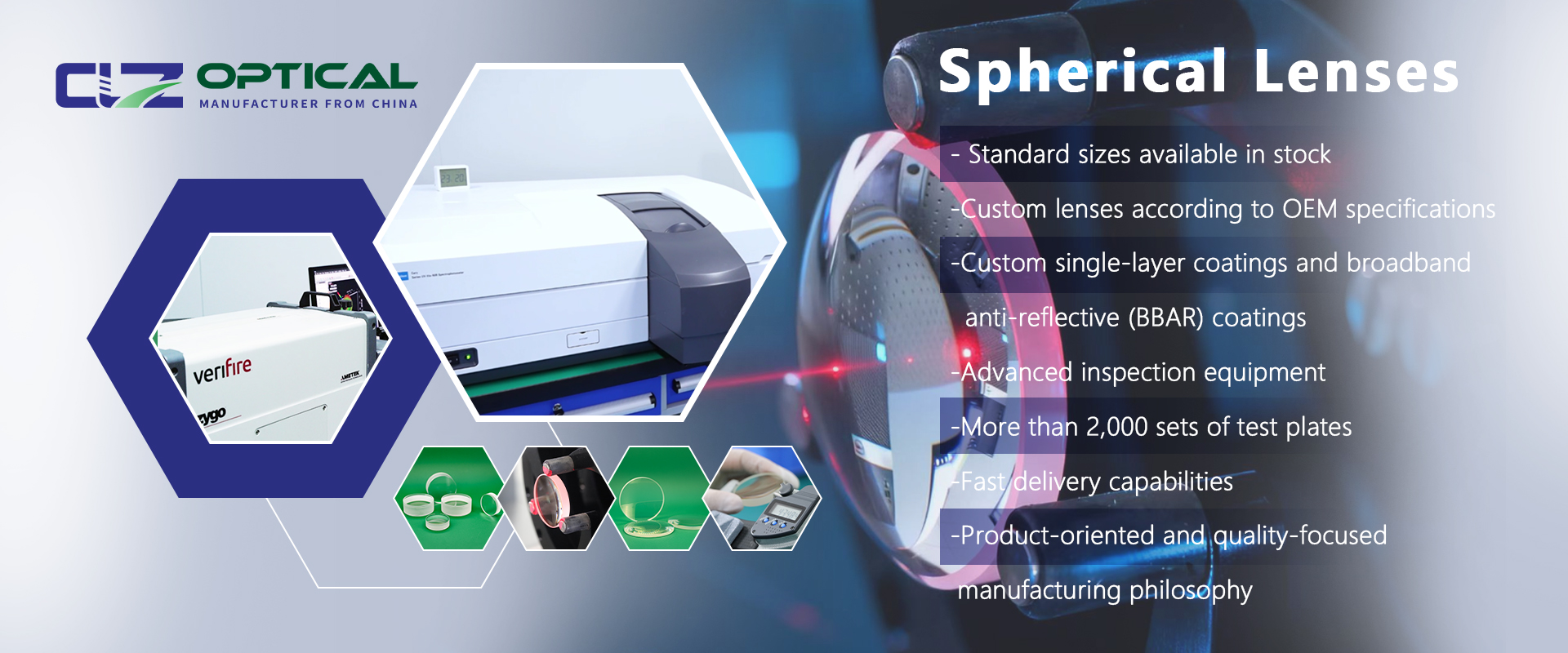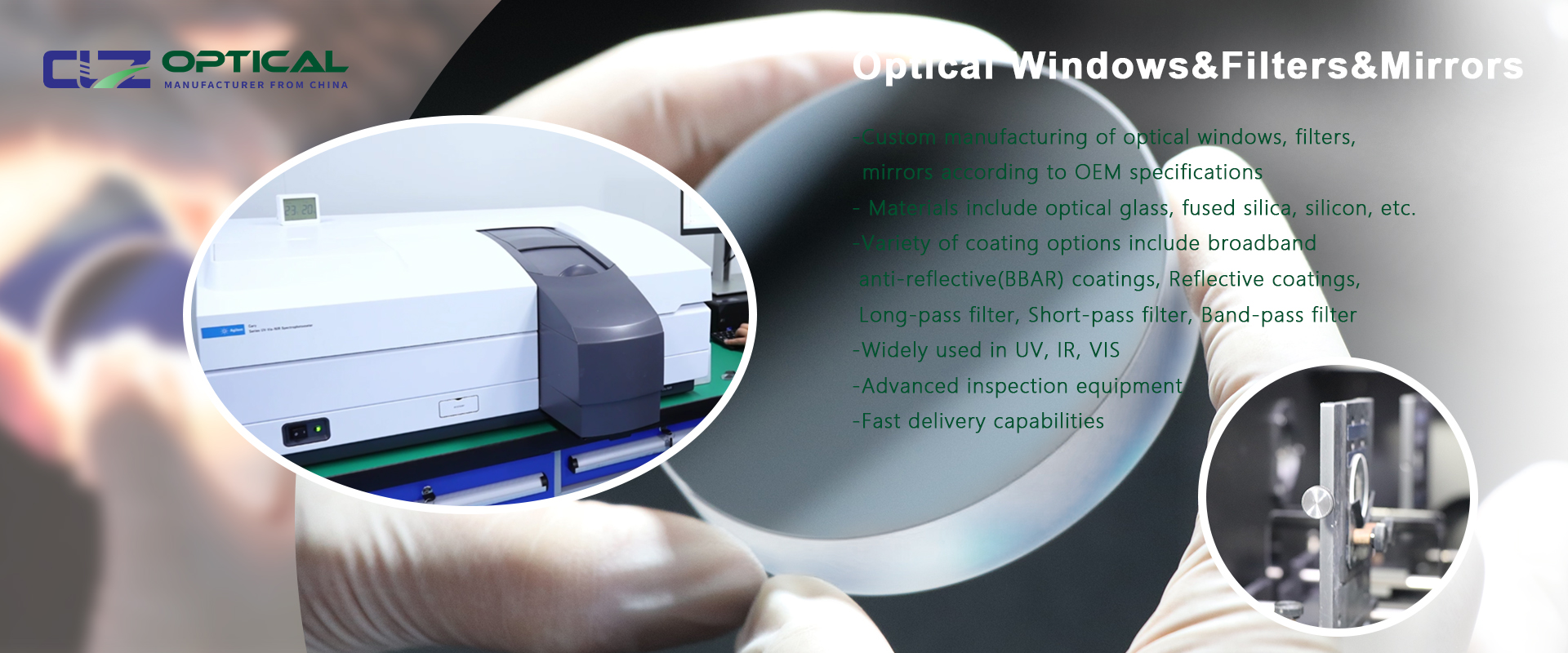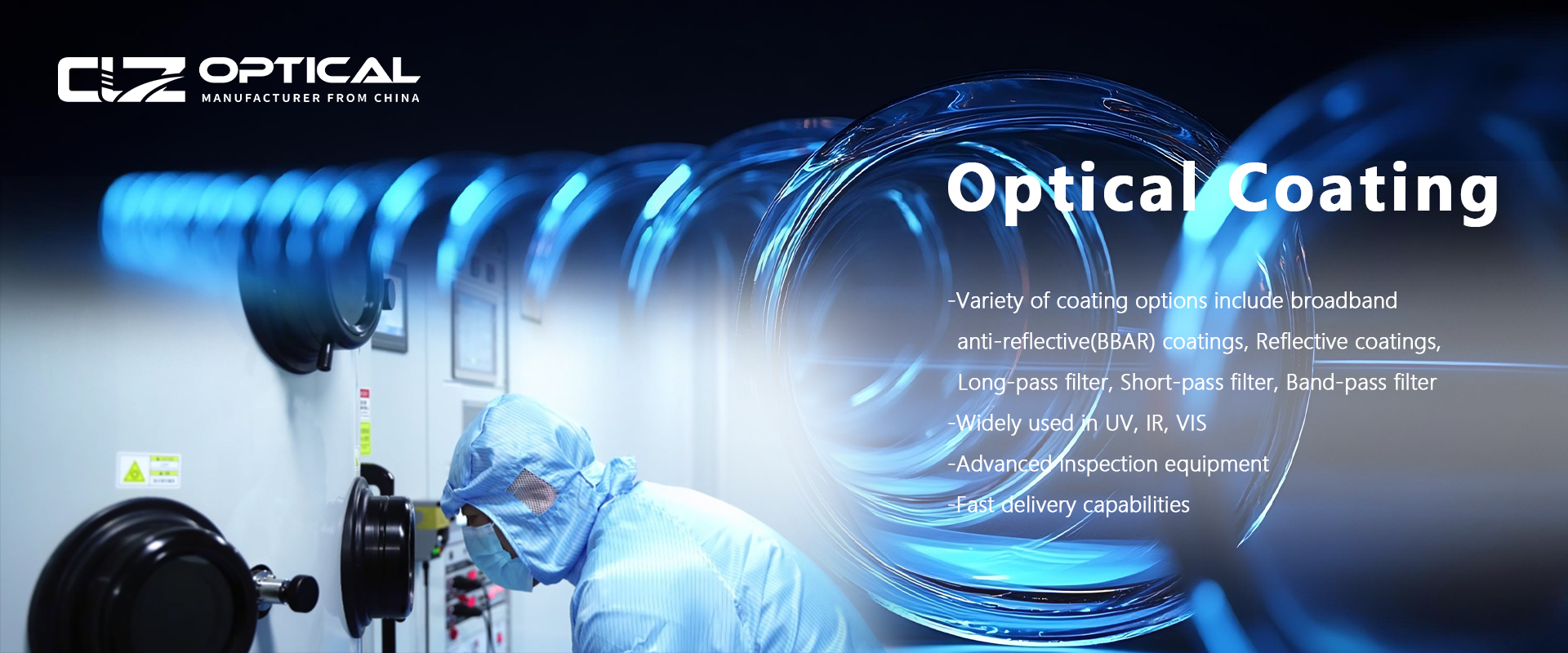Applications of Optical Windows in Laser and Medical Devices
May. 20, 2025
In this article provides an in-depth discussion of the important applications of optical windows in the field of laser technology and medical devices. As a key component in the optical system, the performance of the optical window directly affects the overall efficiency of the device. The article firstly introduces the basic characteristics of optical window, including material selection, optical parameters and physical properties. Subsequently, it analyzes in detail the various applications of optical windows in laser equipment, such as laser cutting, welding, marking and other industrial applications, as well as LIDAR, ranging, and other scientific research military applications. In the field of medical equipment, the focus is on the application of optical window in endoscopes, laser surgical equipment, and medical imaging systems. The article also discusses the coating technology, surface treatment process, and emerging material trends for optical windows.
Basic Characteristics of Optical Windows
The core function of an optical window is to protect the internal components of an optical system from the external environment while allowing specific wavelengths of light to pass through. In order to achieve this function, the choice of material for the optical window sheet is critical. Common optical window materials include fused silica, sapphire, calcium fluoride, zinc selenide, etc., each with unique optical properties and application scenarios. Fused silica has excellent light transmission in the ultraviolet to near-infrared wavelength bands and a low coefficient of thermal expansion, while sapphire is known for its extreme hardness and chemical stability, making it suitable for harsh environments.
Optical parameters are key indicators for evaluating the performance of windows, including transmittance, refractive index, absorption, and scattering characteristics. A high-quality window sheet should have high transmittance (typically >90%) and low absorption in the target wavelength range. In addition, the homogeneity and birefringence properties of the material affect the performance of the optical system. In terms of physical properties, thermal stability, mechanical strength, and chemical inertness are key elements to consider, especially under demanding conditions such as high-power lasers and medical sterilization.
Application of Optical Windows in Laser Equipment
In the field of industrial laser processing, optical windows are widely used in various high-power laser systems. For example, in laser cutting and welding equipment, the window sheet needs to withstand extremely high power density while maintaining excellent optical performance. These applications often utilize materials with high damage thresholds, such as fused silica or sapphire window sheets coated with special transparency enhancement films. In laser marking systems, window sheets are not only required to ensure beam quality, but also to resist splashes and contaminants generated during the process.
Laser applications in scientific research and the military place even more stringent demands on windows. Windows used in LIDAR and ranging systems must be extremely environmentally stable and able to withstand drastic temperature changes and harsh weather conditions. Military laser systems often require windows with special features such as resistance to electromagnetic interference and laser blinding. These needs have driven the development of multilayer composite coating technology and new optical materials.
Optical windows in medical devices
The requirements for optical window sheets in medical devices are extremely stringent, especially in terms of biocompatibility and sterilization adaptability. Optical windows in endoscopes are in direct contact with human tissues and must be made of non-toxic, non-allergenic materials and be able to withstand repeated high-temperature and high-pressure sterilization or chemical disinfection. Modern endoscopic systems also require windows with wide-angle characteristics and high resolution to provide clear images of the operative field.
In laser surgical equipment, the optical windows is a key component in the delivery of the therapeutic laser. Different surgical lasers (e.g., CO2 laser, holmium laser, erbium laser, etc.) require window materials with specific wavelength characteristics. For example, CO2 lasers (10.6 μm) typically utilize zinc selenide or germanium window sheets, while visible laser surgery may use sapphire or fused silica windows. Medical imaging systems, such as OCT (Optical Coherence Tomography) and confocal microscopy, have extremely high requirements for the surface flatness and optical uniformity of the window sheet, and any small defects can affect the image quality.
Technical development and future trends in optical windows
Coating technology is one of the core means to enhance the performance of optical windows. Modern optical coatings can achieve a variety of functions such as transmittance enhancement, high reflectance, light filtering, and beam splitting, and can be optimized for specific wavelengths. Advanced coating technologies such as ion-assisted deposition (IAD) and plasma-enhanced chemical vapor deposition (PECVD) have dramatically improved the densification and environmental stability of thin films. For surface treatment processes, ultra-precision polishing and cleaning technologies can control surface roughness to the nanometer level and reduce scattering loss.
The development of emerging materials brings new possibilities for optical windows. For example, diamond windows with extremely high thermal conductivity and laser damage threshold are suitable for applications under extreme conditions; gradient refractive index materials can be designed for special optical properties; and nanostructured super-surfaces may realize optical properties that are difficult to achieve with traditional materials. In the future, the application of smart materials in optical windows is also worth looking forward to, such as adaptive window that can automatically adjust optical properties according to environmental conditions.
As a key component in laser and medical equipment, the technological development of optical windows has a direct impact on the progress of these fields. With the continuous improvement of application requirements, optical window elements are developing towards higher performance, intelligence, and specialization. Breakthroughs in material science and innovations in processing technology will continue to drive this field forward. In the future, we are expected to see the emergence of more optical windows with special functions, such as self-cleaning, self-repair, tunable, and other characteristics, opening up new application possibilities for lasers and medical devices. At the same time, interdisciplinary collaborations will accelerate innovation in optical window technology to meet the growing needs of industry, research, and medicine.
